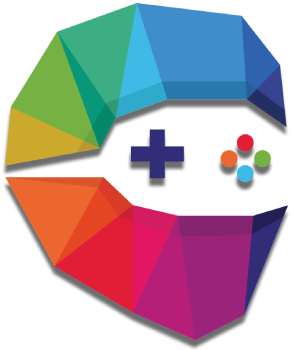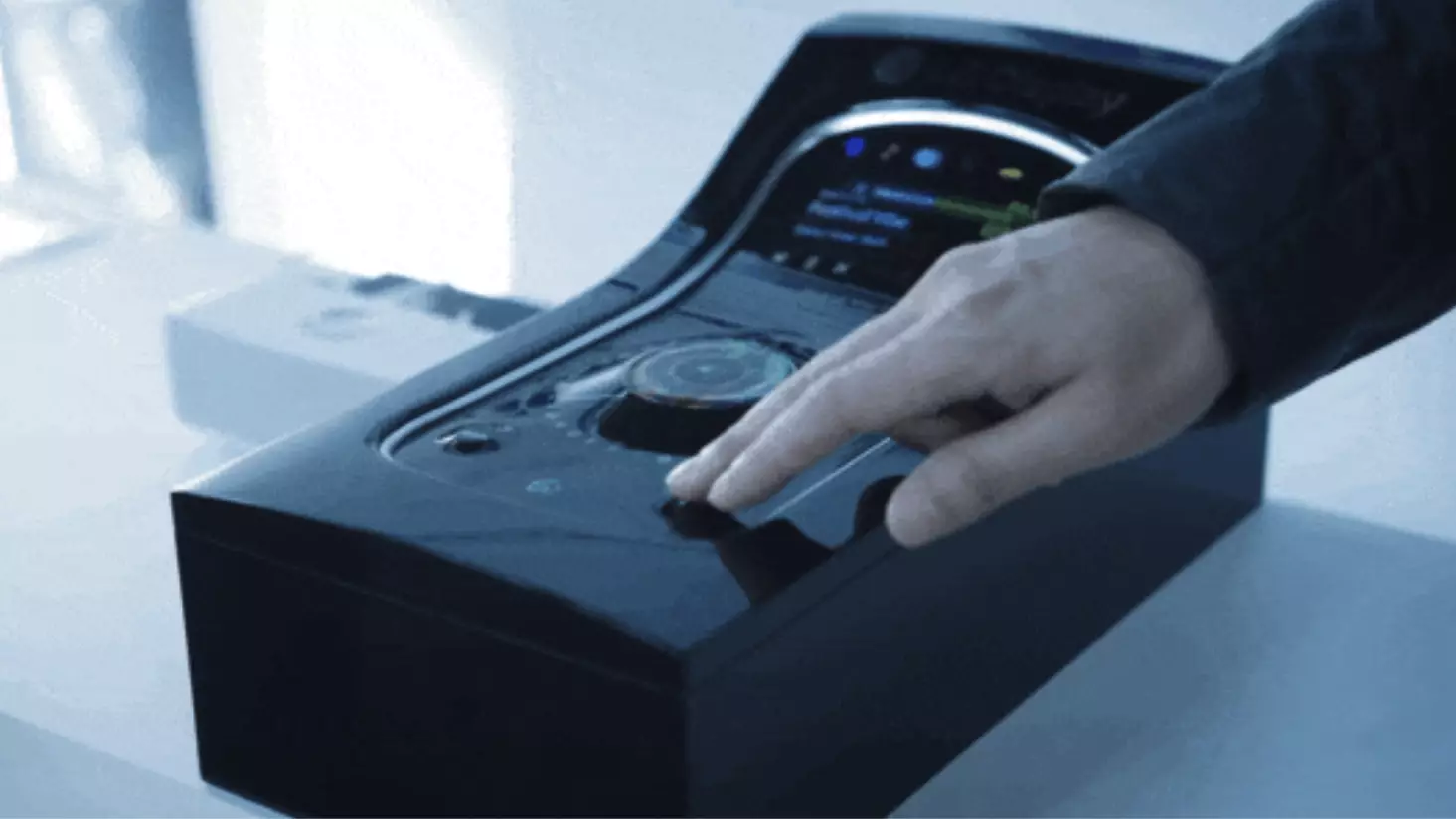As technology relentlessly pushes the boundaries of what’s possible, we find ourselves at the junction of innovation and practicality. The journey from rigid screens to bendable displays has captivated industries, fueling a continuous quest for more adaptive and versatile products. Enter stretchable OLED displays—LG’s latest venture that promises to redefine interaction within vehicles and beyond. While bendable screens offered a glimpse into what’s possible with flexible materials, stretchable technology takes it a step further, inviting us to rethink our engagement with interfaces entirely.
LG is at the forefront of this evolution with its newly announced stretchable OLED panel designed for automotive applications. Imagine a display that doesn’t merely bend but can also expand its size by up to 50%. This remarkable capability is accompanied by a pixel density of 100 DPI, which maintains clarity even when the screen stretches. The potential for such technology extends far beyond aesthetics; it promises to enhance functionality in ways that traditional display systems simply cannot achieve.
Merging Controls with Seamless Interaction
In the context of modern vehicles, the traditional layout—where buttons and screens coexist—has faced criticism for compromising user experience. LG’s innovation presents a compelling solution by transforming physical control areas into expansive, responsive displays. This harmony between digital and tactile elements allows for a more intuitive interaction model, where touch buttons can literally emerge from the screen, assisting drivers without requiring them to glance away from the road.
This blend of flexibility and responsiveness addresses a critical issue in driving safety: the necessity of maintaining focus. Critics of current touchscreen-centric designs argue that they distract drivers—a valid concern which has led to heated discussions about the optimal nature of vehicle controls. LG’s stretchable OLED technology offers a promising compromise, permitting drivers to interact with their vehicles in a more instinctive manner. Drivers could select frequently used functions and create virtual buttons that extend during use, allowing them to operate controls via touch rather than visually navigating through a screen.
Broader Applications Beyond Automotive
While LG is currently focusing on automotive applications, the implications of stretchable OLED technology reach far beyond the car dashboard. Imagine the integration of this innovative display system in various environments, from smart home devices to wearable technology. Stretchable screens could revolutionize fitness trackers, projecting information as needed while maintaining a sleek and unobtrusive shape when not in use.
Moreover, industries such as gaming could leverage this technology to create immersive experiences. Consider a gaming controller where the interface adapts to the game scenario, changing shape and size to enhance engagement. In simulations, pilots might benefit from cockpit controls that morph into variable shapes, adjusting to situational requirements dynamically. The future seems ripe for breakthroughs that could significantly elevate both functional design and user experience across sectors.
Fine-Tuning User Interactions in a Malleable World
The tech landscape is abuzz with ideas about user interaction and device ergonomics. As companies continue to push the envelope of what screens can do, the feedback loop between user experience and technological implementation becomes crucial. LG’s stretchable OLED technology embodies the principles of adaptability and personalization, making it an exciting prospect in an era where user-centric design is paramount.
However, we must remain critical as we navigate this trajectory. As with all technological advancements, issues of usability, durability, and production cost will play pivotal roles in determining whether stretchable displays transition from conceptual to commonplace. Additionally, the balance of tactile feedback versus visual distraction will require comprehensive evaluation to ensure that safety is never compromised in the pursuit of innovation.
In embracing the mettle of stretchable OLED technology, the industry not only opens the door to novel interactions but also challenges traditional notions of design and control. The question remains—will this herald a new chapter in interface design or serve as merely another fleeting trend in the annals of technological evolution? The answer lies in the strides that innovators are willing to take as they mold our future interactions with technology.

